Do You Ever Wonder What Happened to You
If you’ve ever found yourself reacting disproportionately to a situation—snapping at a loved one, shutting down in a meeting, or spiraling into anxiety after a simple text—you’re not alone. Often, what feels “irrational” on the surface has deep roots. Beneath the conscious mind, the body carries the echoes of experiences we’ve never fully processed. This is the terrain of trauma, and while it may seem invisible, it’s anything but silent.
Trauma doesn’t just happen to us—it happens in us.
Even if we don’t remember the moment something changed—an unsafe childhood, a moment of abandonment, or a pattern of invalidation—our nervous systems do. Trauma embeds itself in our physiology, often outside the reach of language or memory. It becomes a felt thing before it’s a known thing. As Dr. Bessel van der Kolk put it, “The body keeps the score.” And so, as adults, we find ourselves trapped in survival responses—fight, flight, freeze, or fawn—long after the danger has passed.
This is where the Enneagram becomes a sacred mirror.
Each of us, from a very young age, learned a strategy to feel safe and worthy in the world. That strategy is what the Enneagram beautifully captures. But it’s more than a personality test—it’s a map of the psyche shaped by both our essence and our wounds.
A Type Two may have learned early on that love is earned through selflessness.
A Type Six might have internalized the belief that vigilance is the only path to safety.
A Type Nine could have decided it’s better to disappear than risk conflict.
These aren’t just personality quirks—they’re trauma-informed adaptations.
What’s powerful—and deeply healing—is when we begin to notice that these patterns, once protective, may now be blocking us from intimacy, clarity, and presence. The Enneagram helps us bring unconscious survival strategies into conscious awareness, while the body offers a direct doorway into healing. One without the other is incomplete.
So, what does integration look like?
It starts with listening.
When your body contracts in fear, can you stay with it long enough to ask, “What part of me is trying to protect me right now?” When your Enneagram type flares up in stress, can you pause and notice the pattern with compassion, not criticism?
Healing trauma isn’t about fixing ourselves—it’s about reclaiming ourselves. When we honor the body’s wisdom and use the Enneagram as a guide, we begin to live less from the wound and more from the wonder of who we are.
This work is slow, sacred, and beautifully human. And you don’t have to do it alone. I’d love to support you along the way. The most powerful therapeutic approach I’ve used is a combination of IFS (Internal Family Systems) and Brainspotting, a brain/body-based trauma modality that works much deeper than talk therapy.
If you often find yourself asking, “I wonder what happened to me?” you’re not alone. Let’s talk.
Love & Gratitude,
Katie
P.S. Need a guide and a roadmap? Join The Practice, my online Enneagram group coaching program!

